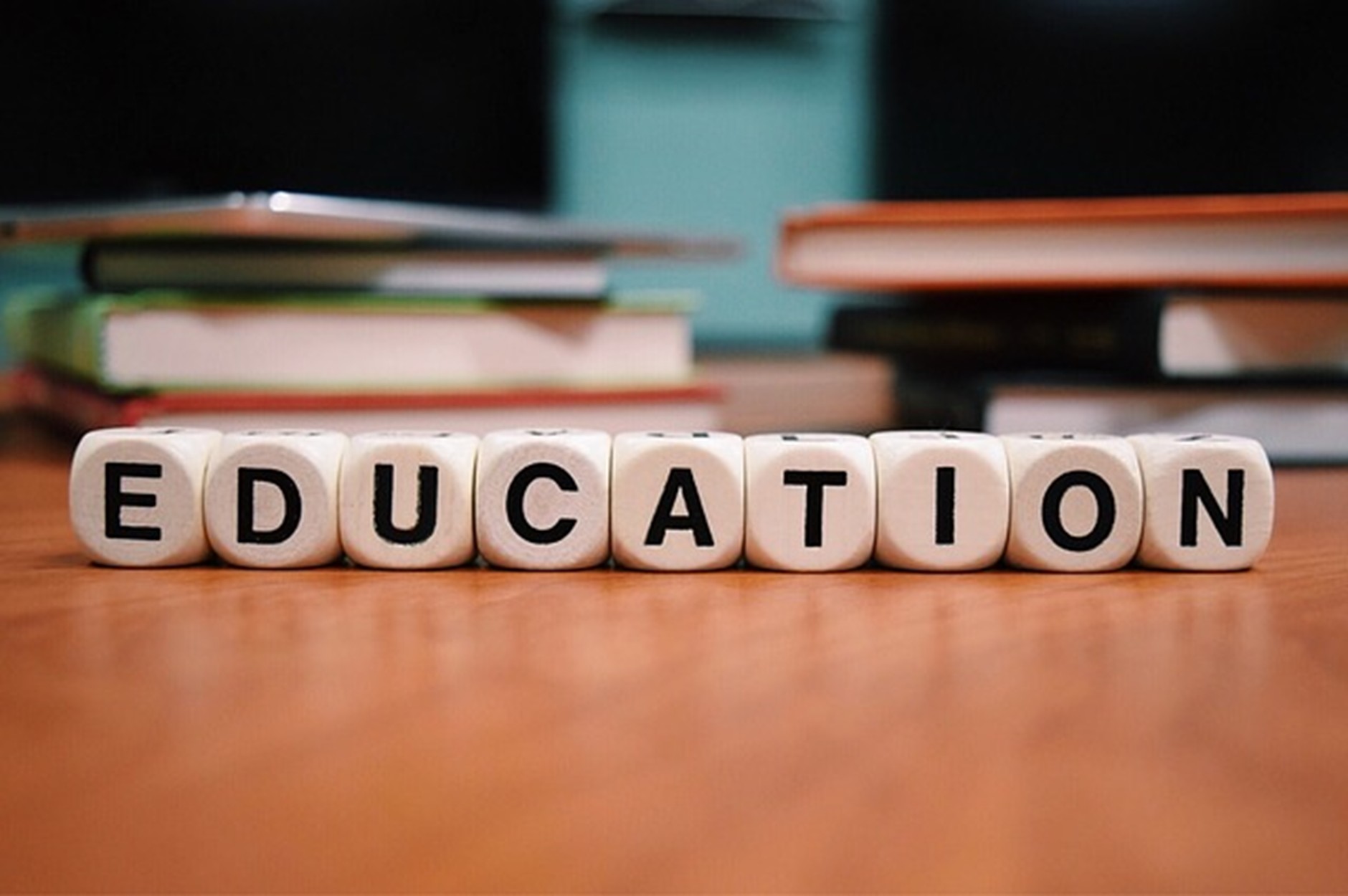
Creating Awareness Around School Environment
Raising awareness about the brittle bone condition (also known as Osteogenesis Imperfecta or OI) in schools is crucial to ensuring the safety of students with this condition and educating others about how to prevent fractures or injuries. Here are some key steps you can take to raise awareness:
1. Educational Sessions
- Organize workshops or seminars: Invite a healthcare professional, such as a doctor, nurse, or physical therapist, to speak about brittle bone conditions. They can explain the condition, its causes, how to care for someone with it, and the importance of avoiding accidents.
- Use visual aids: Create informative posters or slideshows with easy-to-understand diagrams and pictures that illustrate the fragility of bones in OI patients and provide safety tips.
2. Classroom Awareness
- Interactive discussions: Have an open, age-appropriate debate with students about OI. This could include how to interact with classmates who have brittle bone conditions and the importance of treating everyone with respect and care.
- Guest speakers: If a student or parent is willing to share their experience with OI, this can be a powerful way to humanise the condition and allow others to empathise.
3. Safety Guidelines
- Modify activities to reduce risk: Ensure that physical activities, especially those involving high-impact or rough play, are modified for students with brittle bone condition. Adapt PE classes or recess to accommodate their needs.
- Create a safety plan: Work with the school administration to create a tailored safety plan for students with OI that outlines how to reduce risk during physical activities.
4. Use Media and Technology
- Video and animation: Share videos that explain brittle bone conditions, focusing on how OI affects bones and how to care for them.
- Social media or school newsletter: Use these platforms to spread awareness and share key facts, safety tips, and stories.
5. Promote Empathy and Inclusion
- Empathy-building activities: Host activities or projects that allow students to experience what it might be like to have fragile bones (e.g., wearing a lightweight cast or using mobility aids) to increase understanding and promote kindness.
- Inclusive language and behaviour: Encourage students to use positive language when referring to their peers and avoid teasing or inappropriate behaviour.
6. Collaboration with Parents
- Parent meetings: Have a meeting where parents of students with OI can share their concerns, provide information, and answer any questions from teachers and other parents.
- Resource sharing: Provide parents with safety guidelines and helpful tools for managing OI at home.
7. Create Support Systems
- Peer support network: Establish a buddy system where students are paired with someone who can offer support during physical activities.
- Access to medical care: Ensure that teachers and staff know how to handle medical emergencies related to fractures and can quickly access the necessary medical support if an injury occurs.
8. Create a Culture of Care
- Encourage kindness and sensitivity: Foster a school culture that promotes understanding and support for students with brittle bone conditions, emphasising inclusion, respect, and empathy.
By taking these steps, you’ll minimise the chances of injury and create a supportive and informed school environment that cares for the well-being of all students.
![Osteogenesis Imperfecta Foundation Network [OIFN]](https://oifn.org/wp-content/uploads/2024/07/logo_oif.png)


